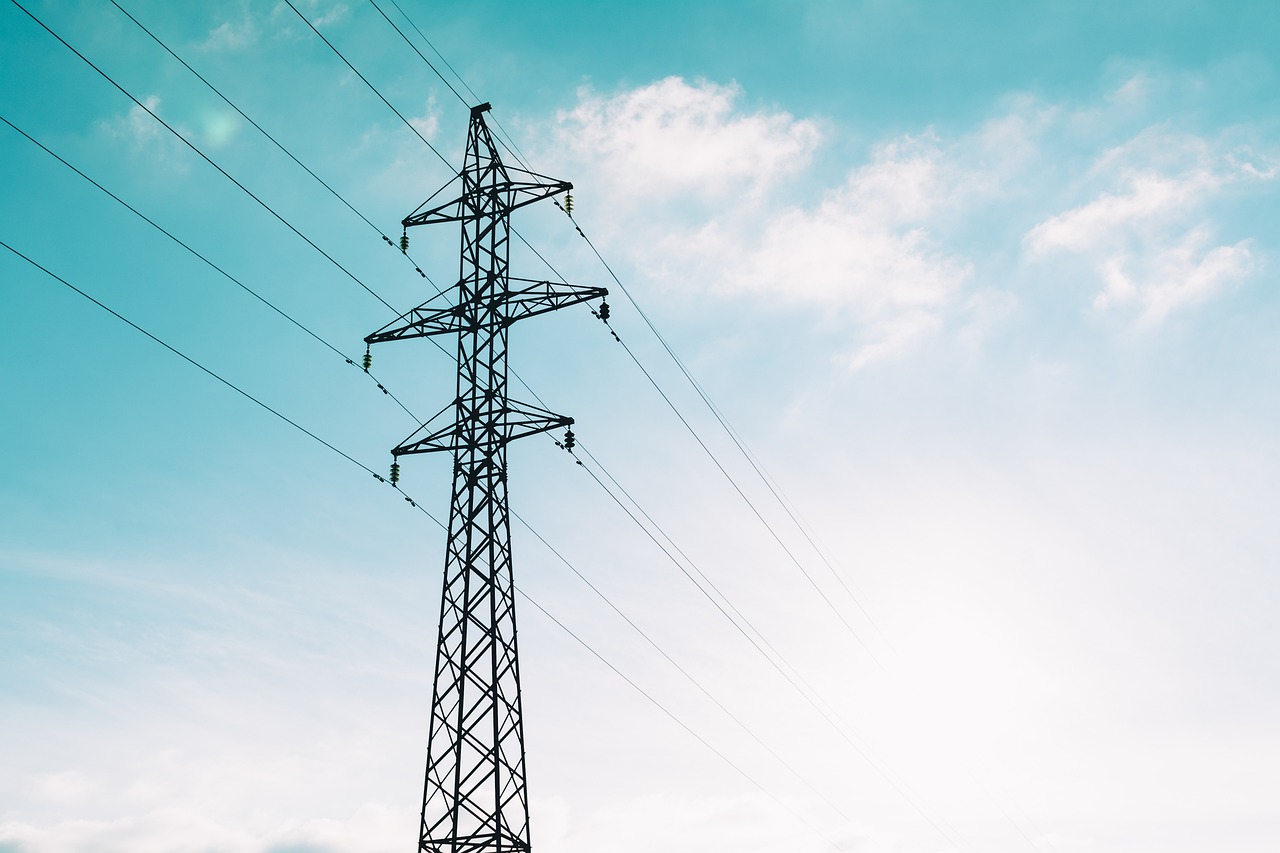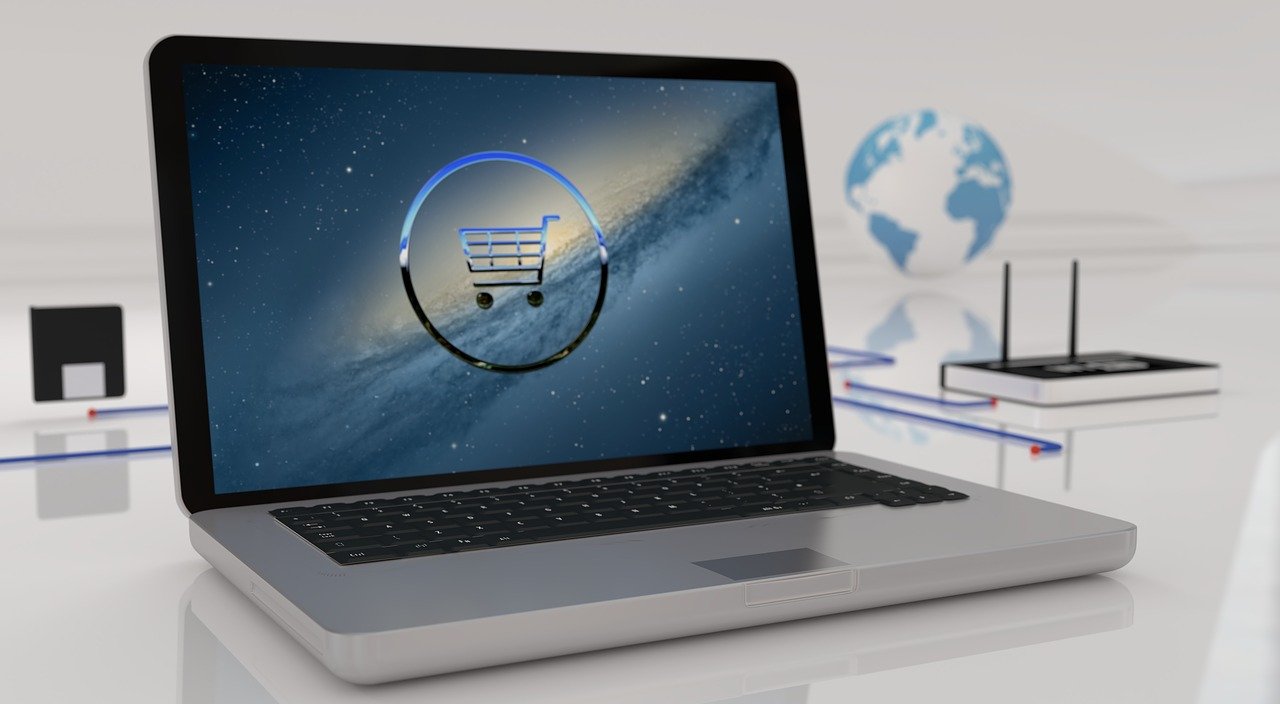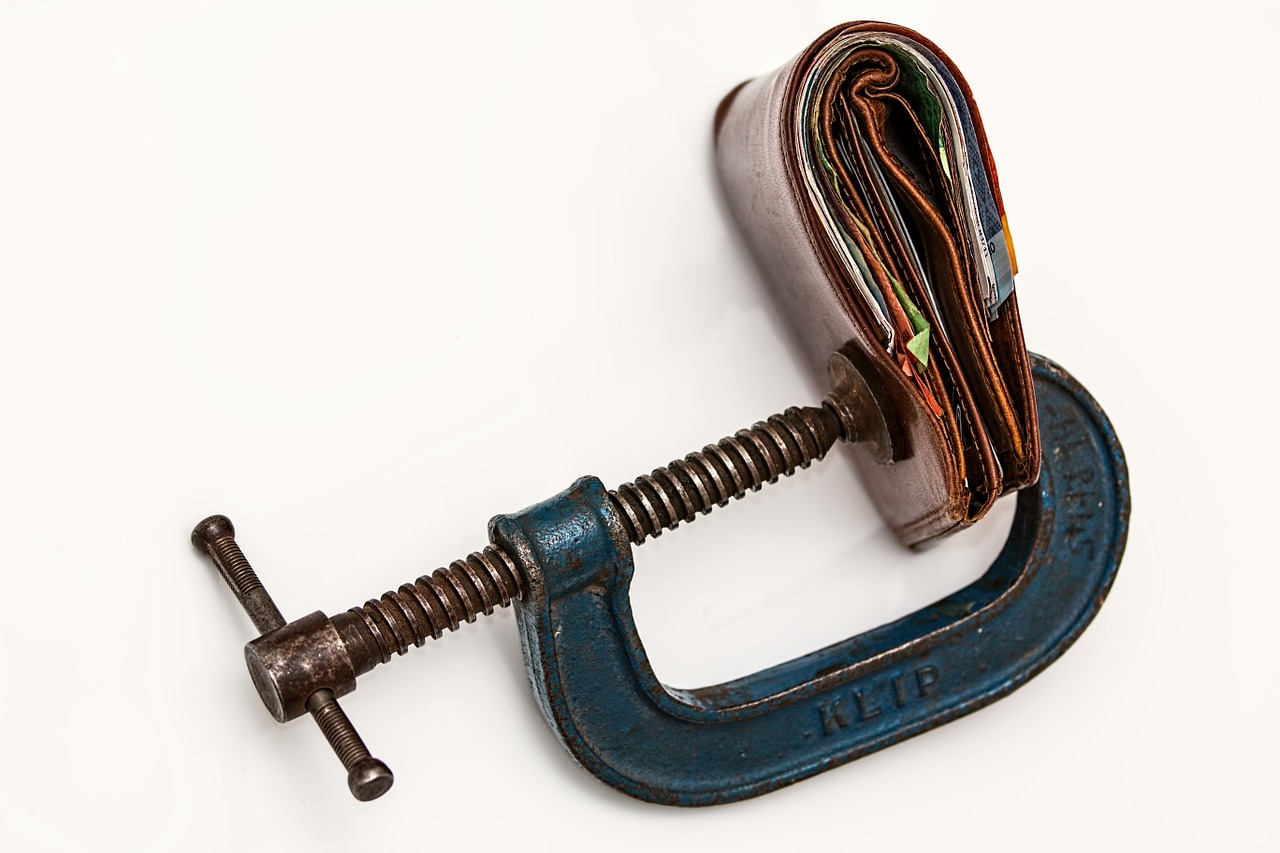Last Updated on: 22nd November 2023, 04:28 am
It is critically important for businesses to lower their payment costs because it can significantly impact their bottom line. By reducing the amount of money spent on processing payments, companies can save substantially and reinvest those funds in other areas of their operations. For example, lowering payment processing costs may allow a business to reduce overhead or invest more in marketing, sales, or research and development.
There are several ways that businesses can lower their payment processing costs. One option is to switch from traditional methods of accepting payment, like using a credit card terminal, to new technologies like e-wallet transactions and mobile apps. These more modern options often have lower transaction fees than older models and allow businesses to process payments more quickly and hassle-free.
Another way to lower payment costs is by signing up for a merchant account through a third-party provider, such as PayPal or Square. These companies allow businesses to accept credit card payments without setting up their in-house processing tools. They charge fees for these services, but they are usually much lower than the fees charged by traditional vendors.
Ultimately, there are numerous ways for businesses to lower their payment processing costs and save money. By exploring different options and choosing the one best suited to its needs, a company can significantly cut its expenses and improve its bottom line.
What is Utility Payment Processing?
Utility payment processing is a method of collecting payments from customers for goods or services. This typically involves the use of a credit card or debit card. However, it is increasingly possible to use ACH/eCheck payment systems, which offer customers an alternative way to pay with their bank account.
This way, customers can avoid the fees and processing times associated with credit card transactions while merchants can still accept payments online or over the phone.
Utility payment processing systems make it easier than ever for businesses of all sizes to collect payments from their customers without incurring extensive costs. Whether a small business owner or a large corporation, it is essential to have a flexible and secure payment processing system that suits your needs. Many options are available to do your business if you are looking for a reliable utility payment processing solution.
Whether you need an ACH/eCheck or card-based system, many providers can help you set up the right system for your needs. Whether you are looking for a solution for utility payment processing or want to offer your customers more flexible and convenient payment options, there are many benefits to using ACH/eCheck systems.
These systems provide an easy and secure way for customers to pay their bills online or over the phone and offer lower processing costs and faster payment times. So why wait? Start looking for the proper utility payment processing solution for your business today.
Encourage payment by bank account
Not only are processing costs for ACH/eChecks lower than credit cards, but they’re also about $0.20 per transaction. Credit card companies, on average, charge 2% of the total transaction cost.
There is no downside to using eCheck payments! When you start making more significant transactions, the 2% fee for processing credit cards can get expensive fast. Bank account payment options are cheaper for you to process and can also let you offer lower-cost or free ways for your customers to pay.
Use ACH/eCheck to get paid by your customers.
- To make things more convenient for customers, let them pay by bank account in the same place they can pay by credit card instead of handling it as a separate process.
- Display card processing fees alongside the option to pay with a credit or debit card rather than at the end of the payment process.
- With an easy and secure bank information storage option, users can pay by bank account next time with ease or even schedule automatic future payments using their preferred payment method.
Make PCI compliance more straightforward
Any organization that wants to take credit card payments must meet the Payment Card Industry (PCI) Standards Council’s security requirements. The PCI Standards Council is the governing body that outlines these standards. The work required to maintain PCI compliance can be costly and overwhelming.
However, one effective way to reduce or eliminate an organization’s PCI burden is by partnering with a utility payment processing service provider whose solution reduces your PCI compliance overhead. PCI Level-1 compliant payment platforms are more secure for customers and save governments and utilities money they would otherwise spend on compliance.
Lower interchange rates
Interchange rates can be effectively lowered by working with a vendor who can provide level two and three data processing. By providing more data fields, such as transaction date or item description, you will be moved into good interchange categories set up by card brands.
If a merchant chooses to enter the Visa utility rate program, they will have lower interchange rates when processing credit cards. Furthermore, if you charge a convenience fee, not only will you be penalized, but you also won’t receive the lower interchange rates that are offered for utilities.
By sticking to the rules, you can figure out if it would be beneficial to charge a convenience fee. As a business owner, it’s essential to understand when and how to charge service fees properly.
And always remember
Utility payments can be a significant source of expense for businesses, so reducing these costs can help enterprises to save money. There are several strategies that companies can use to reduce their utility payment processing costs. Here are some tips to get started:
- Analyze Your Spending – Take the time to analyze your utility spending and look for areas where you could cut or reduce waste. For example, consider whether adjustments need to be made in the type and amount of energy usage within your facility or if switching to different providers would be more cost-effective.
- Consider Automation – Automating specific processes related to utility payments can help businesses save time and money. Automation software can help manage billing, which helps streamline the process, decrease errors and optimize efficiency.
- Shop Around for Better Rates – Don’t settle for the first offer you receive from a provider—shop around and compare rates with other vendors to find the most competitive prices available. It pays off not just in terms of upfront savings but also with reduced long-term expenses associated with maintaining service contracts with multiple vendors or suppliers instead of sticking with one provider indefinitely.






